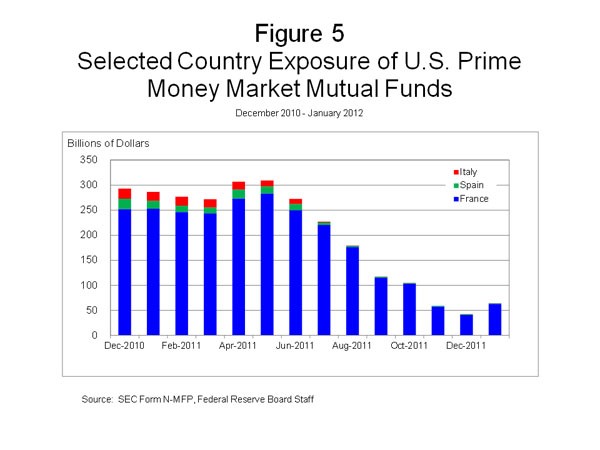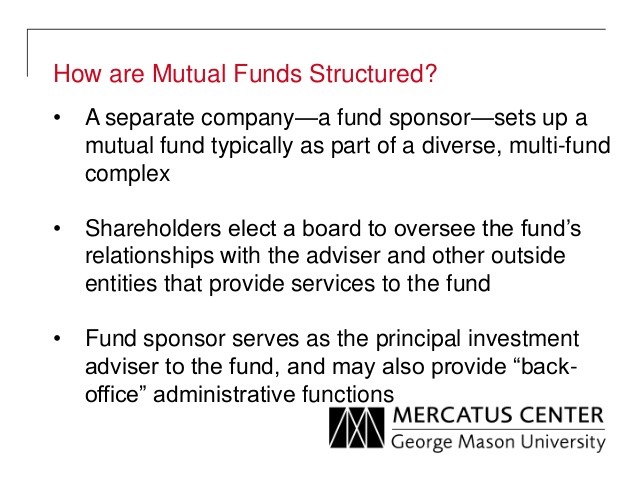Short Duration Funds – A Cash Alternative
Post on: 8 Октябрь, 2015 No Comment

Short Duration Funds – A Cash Alternative
January 1, 2010
This is a discussion of why, in the current interest rate environment, we prefer using short or ultra-short duration bond funds in lieu of money markets. This is a type of mutual fund that invests only in fixed-income instruments with very short-term maturities (generally around one year). An ultra-short bond fund will pursue strategies aimed at producing higher yields by investing in securities with higher risks. This investment strategy tends to offer higher yields than lower risk money market instruments, with less price fluctuations than a typical short-term fund.
In conjunction with the stimulus package, the Federal Reserve lowered the federal funds rate, which influences other short-term interest rates such as deposits, bank loans, credit card interest rates, and adjustable-rate mortgages to anywhere from 0% to .25% the lowest in history. Because of this phenomenon, we took a look at the last 25-30 years and noted that there has traditionally been a spread of between .5% and .75% in a normal economic environment. That 50-75 basis point spread has been enough of an incentive to cross from 30-day paper – the traditional line of demarcation between a money market (be it insured or otherwise) versus a bond fund, which technically does fluctuate in principal, but usually provides an increased yield of .5% to .75%. In the current environment, that spread has been magnified up to four-fold in some cases, depending on whether the instrument is taxable or tax-free. The trade-off is the fluctuation in principal, which is generally nominal but is a rounding to the nearest penny, and thus requires either acknowledgement on Schedule D of your federal tax return or at least an awareness that the real risk is usually not credit risk but interest rate risk.

Keep in mind that ultra-short bond funds are not guaranteed or insured by the FDIC or any other government agency and can vary significantly in their risks and rewards. The level of risk depends on a variety of factors including these fundamental tenets:
- Credit risk. From what institutions are the underlying securities or bonds issued? If they are tax-free, the mutual funds will be buying government agency debt, depending on the quality, that are expected to pay interest on a regular basis. If the credit is downgraded, it will negatively impact the principal value of the bond. Typically, high quality AAA-rated government agencies do not have frequent credit rating downgrades.
- Interest rates. We are at the bottom of an interest rate cycle. It makes little sense to buy longer term bonds because interest rates are poised to increase. Longer duration bonds are more adversely affected than shorter duration bonds as rates rise.
Short-duration bond funds overlap so that as interest rates rise, although they may suffer a decline in net asset value (NAV), the actual yields may roll somewhat evenly. Last year was a good field test, since it was probably the worst year in history for credit markets. When we see that some short and ultra-short duration bond funds pay as a total return what they yielded as a dividend, it makes many quite attractive. This might be appropriate for you, if you are looking for higher yield opportunities than money market funds and are willing to accept greater risk. This would only be as a parking place to hold short-term primary reserves for individuals who may be in transition or to serve as the primary cash reserve as an alternative to a low or no interest-bearing cash, savings, or money market account.














